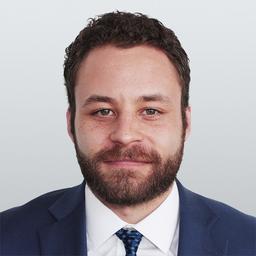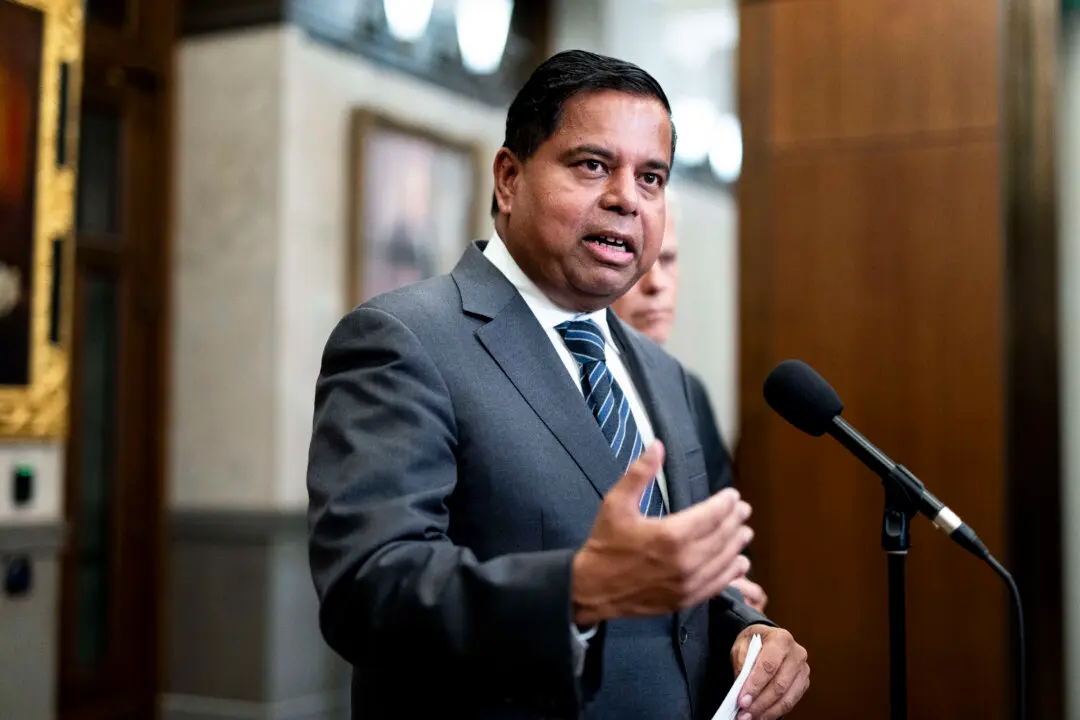Liberal leadership candidate Mark Carney has pledged to rein in government spending to make room for income tax cuts, and cap the size of the federal public service.
“The essence of this is to spend less and invest more. That means reining in government spending so that Canada can invest more as a country,” Carney told reporters in Scarborough on Feb. 19.





